Top 25 Silent Films Every Cinema Lover Should Watch, Ranked
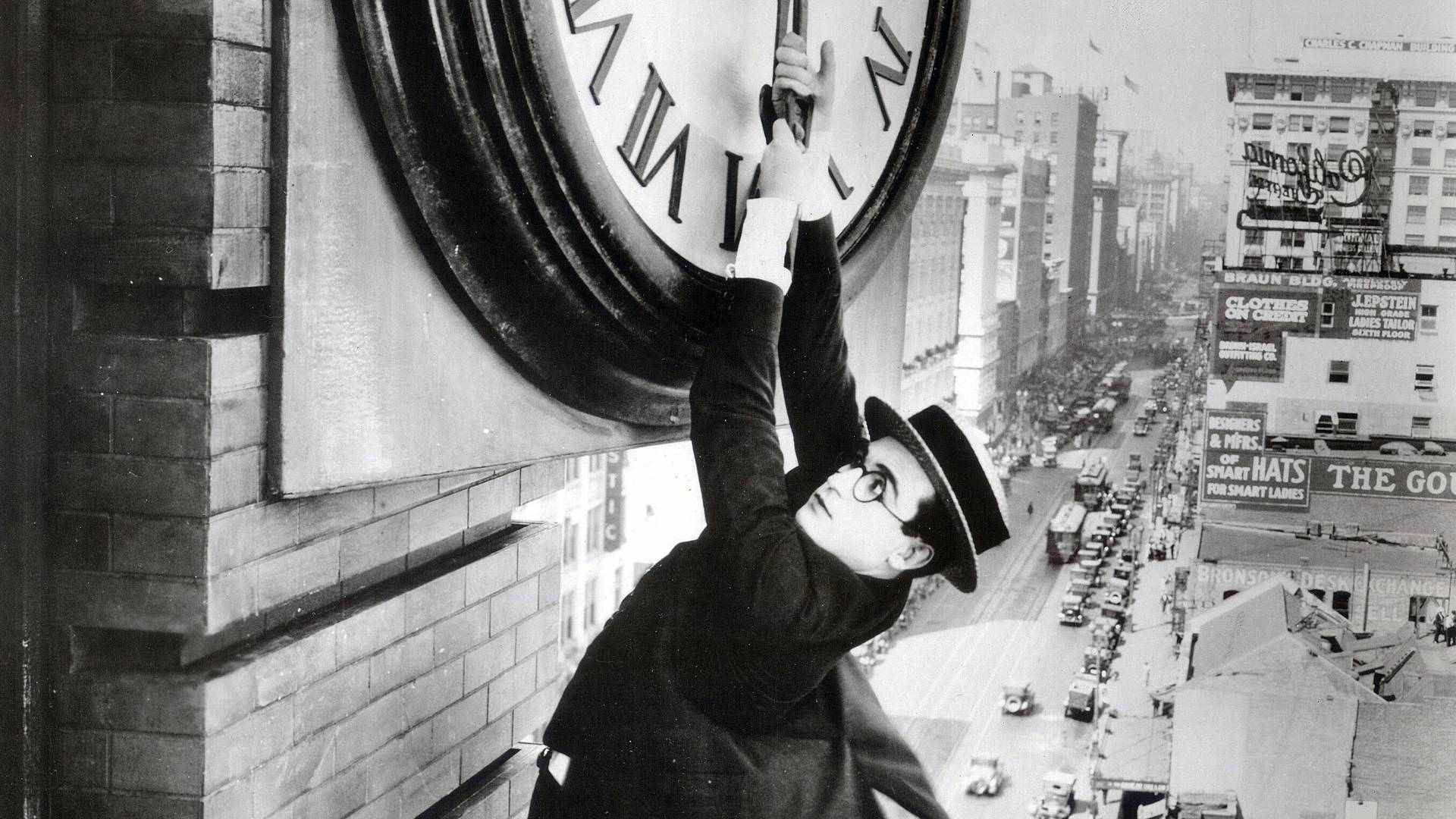
25. Safety Last! (1923)
Harold Lloyd’s Safety Last! immortalized him as that era’s star hanging from a clock high above the city. It became one of cinema’s most iconic images. As for the romantic comedy, the film follows a small-town dreamer who moves to the big city for success and love. Lloyd’s blend of daring stunts, and genuine charm defined silent comedy, making audiences yearn for thrills and laughs together…safely, of course.
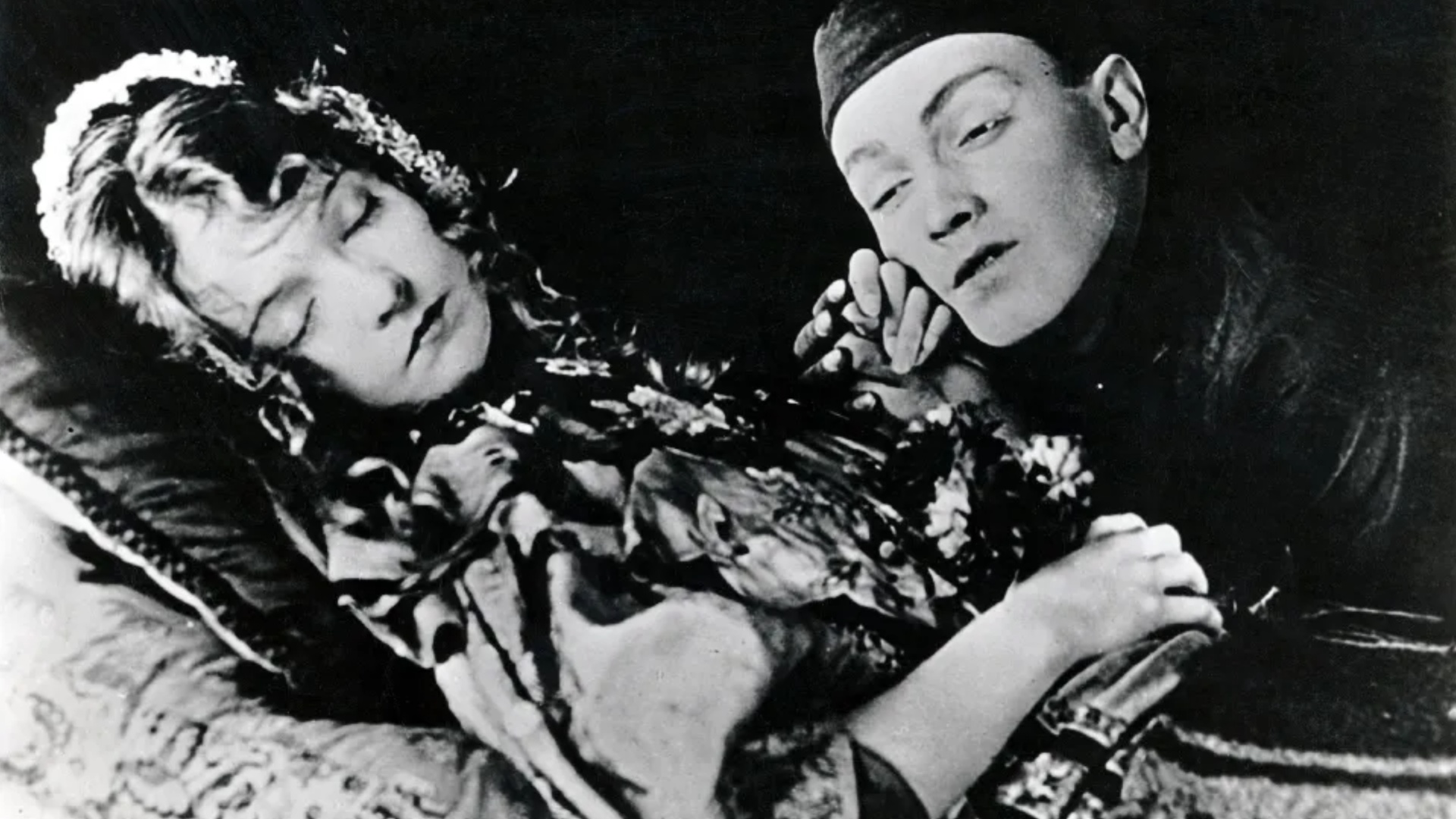
24. Broken Blossoms (1919)
D.W. Griffith’s Broken Blossoms is a hauntingly tender tragedy about love and cruelty in London’s underworld. Starring Lillian Gish as an abused young girl and Richard Barthelmess as “The Yellow Man,” it broke new ground in emotional storytelling, using soft lighting and intimate close-ups to convey vulnerability and despair. Suffice it to say, such heartbreak and techniques shaped cinematic language for decades.

23. The Thief of Bagdad (1924)
The Thief of Bagdad is pure fantasy spectacle. Bursting with dazzling sets, breathtaking stunts, and exotic adventure, the silent film captures the magic of the Arabian Nights. Douglas Fairbanks’ athletic charisma drives every frame as he leaps, swings, and soars through impossibly grand worlds. Undoubtedly, the lavish production design and visual imagination made it one of silent Hollywood’s most ambitious achievements.
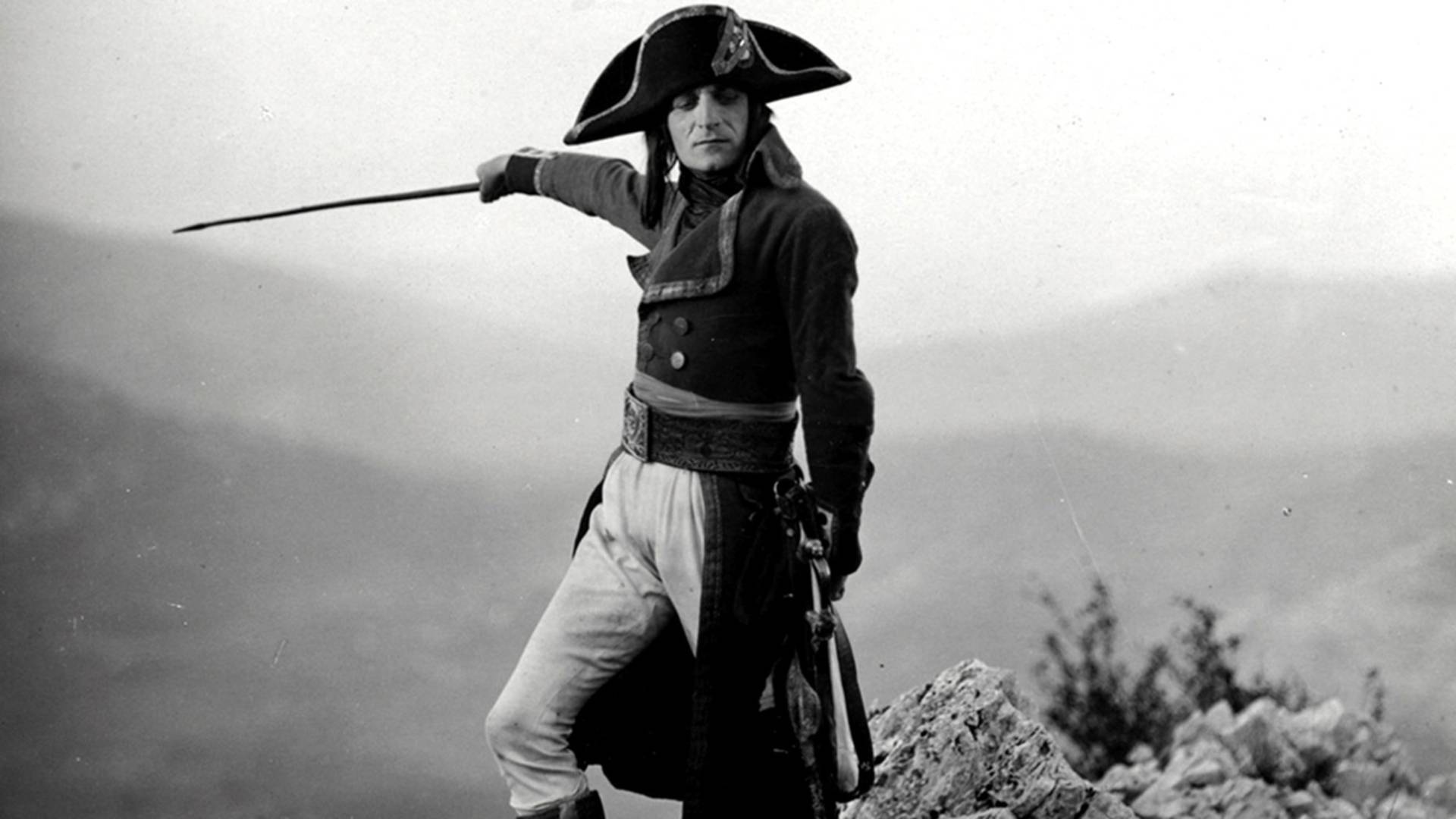
22. Napoleon (1927)
Abel Gance’s Napoleon is a cinematic revolution in itself. Sprawling across six hours, the movie uses handheld cameras, multiple exposures, and an epic three-screen finale to tell the story of France’s future emperor. There’s plenty of innovation and patriotic energy. Though rarely screened due to its technical complexity, Napoleon remains a breathtaking testament to filmmaking ambition on a grand, operatic scale.
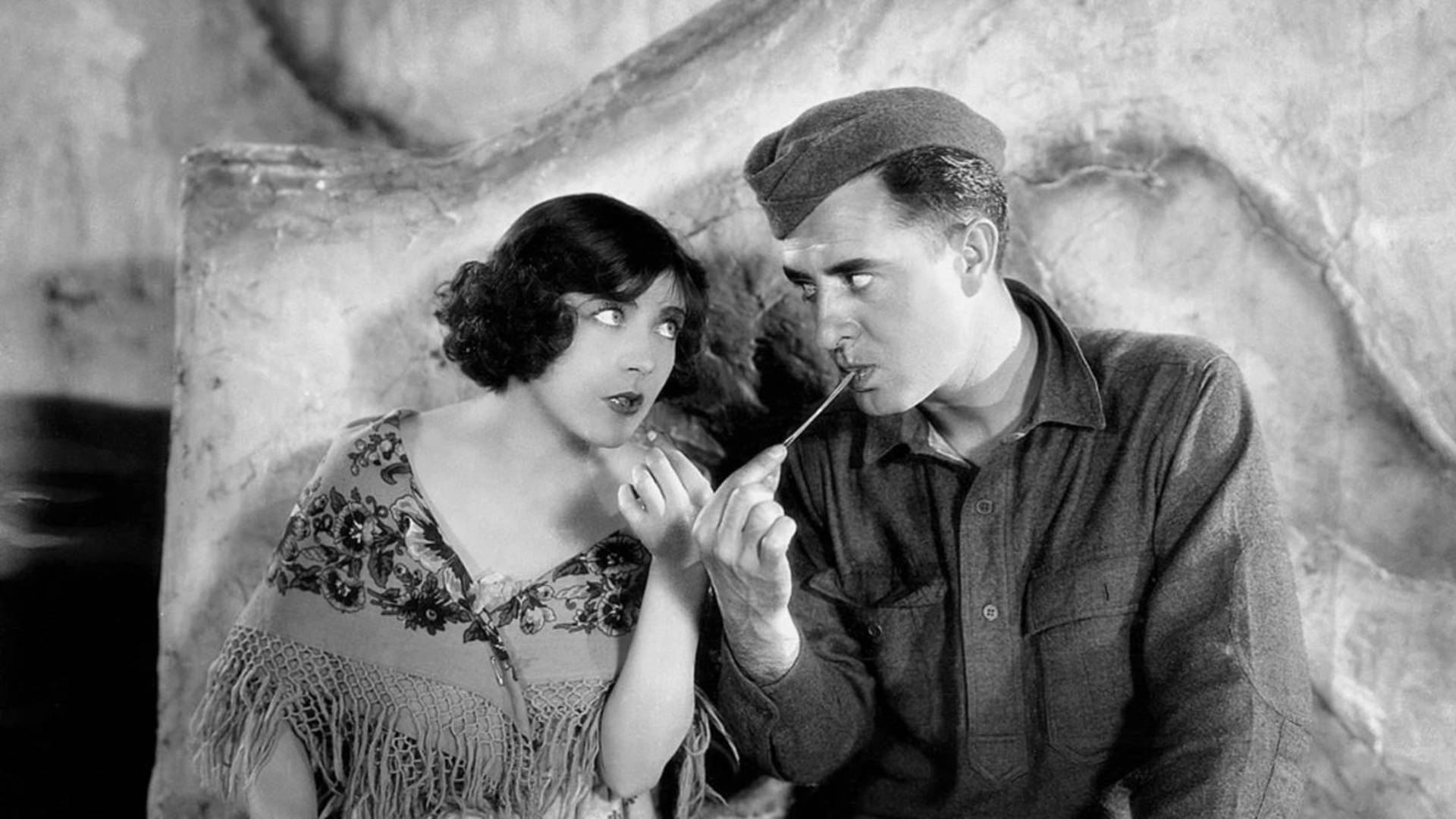
21. The Big Parade (1925)
King Vidor’s The Big Parade broke hearts and reshaped how cinema depicted war. Following a young soldier’s transformation from naïve patriot to traumatized veteran, the silent film rejects propaganda for raw humanity. With epic battle scenes and intimate love moments, it set the tone for All Quiet on the Western Front and countless war dramas after it, blending grandeur with devastating realism.

20. Tabu: A Story of the South Seas (1931)
F.W. Murnau’s final film, Tabu: A Story of the South Seas, is a hauntingly beautiful collaboration with documentarian Robert Flaherty. Set in Polynesia, it tells a doomed love story caught between nature, tradition, and colonial intrusion. It was shot on location with nonprofessional actors, resulting in something like a merge of documentary authenticity and poetic imagery. Tabu’s heartbreaking ending, released shortly after Murnau’s death, became a painful farewell to a visionary filmmaker.

19. The Phantom of the Opera (1925)
Lon Chaney’s The Phantom of the Opera gave the world one of horror’s most unforgettable faces. An adaptation of Gaston Leroux’s famous novel, we witness how beneath the Paris Opera House, a disfigured genius haunts the shadows for love and revenge. Chaney’s self-applied makeup and physical transformation shocked audiences. Despite lost reels and chaotic re-edits, its gothic sets, eerie atmosphere, and timeless tragedy make it a silent-era classic of stage and terror.

18. The Man with a Movie Camera (1929)
The Man with a Movie Camera turns the act of filmmaking itself into pure cinema. Filmed across Soviet cities, it has no story, characters, or dialogue; only motion, rhythm, and life. Using slow motion, split screens, and dizzying montage, Dziga Vertov celebrates modernity and human ingenuity. It’s both a love letter to the camera and a dazzling experiment in visual poetry.
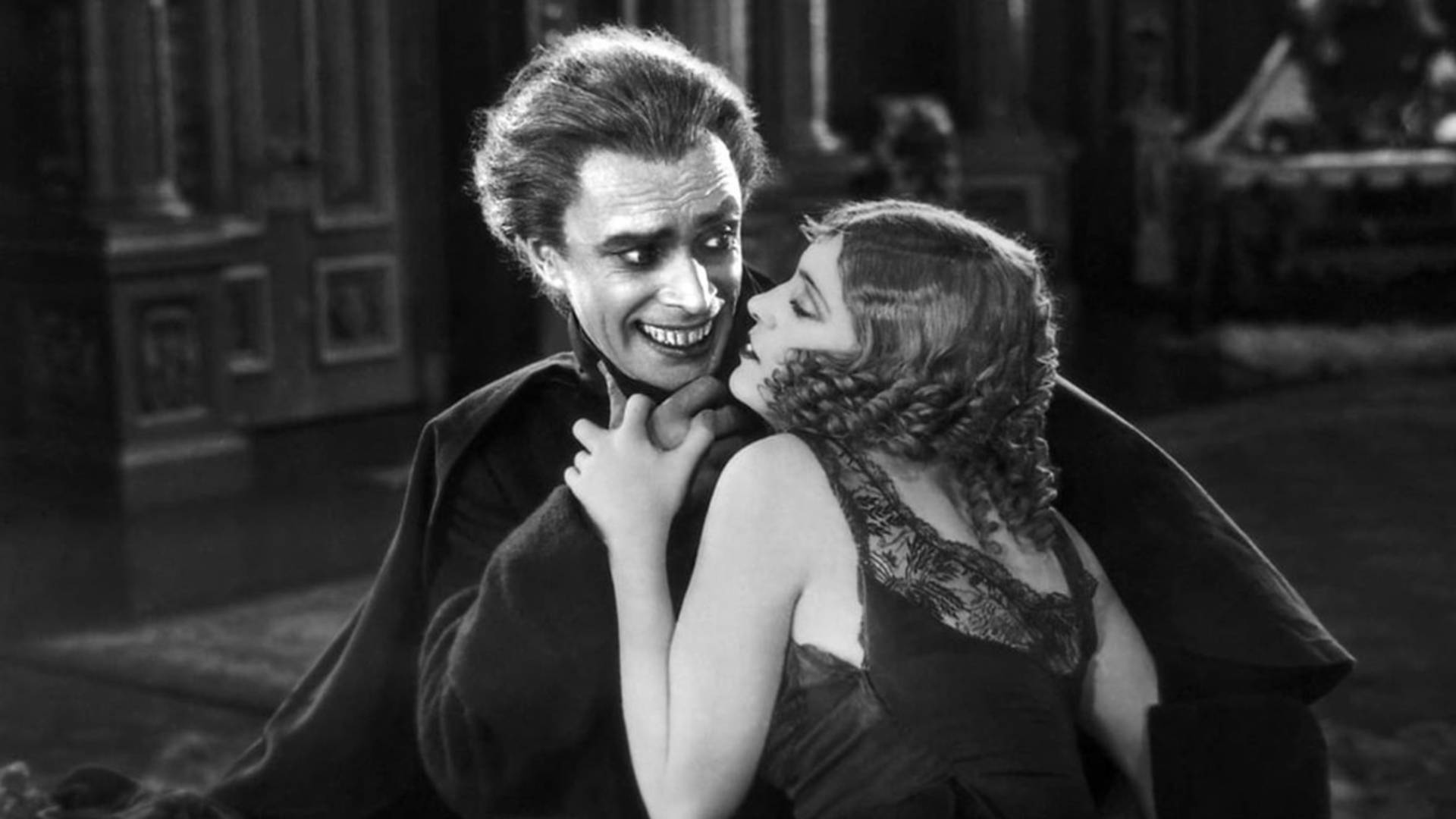
17. The Man Who Laughs (1928)
Conrad Veidt’s tragic performance in The Man Who Laughs inspired the Joker, but the film is more heartache than horror. Playing a man disfigured into a permanent grin, Veidt conveys deep sorrow beneath his monstrous smile. No one can deny that the gothic direction turns Victor Hugo’s novel into a mix of romance, melodrama, and dark fairy tale. It’s haunting, tender, and visually magnificent.
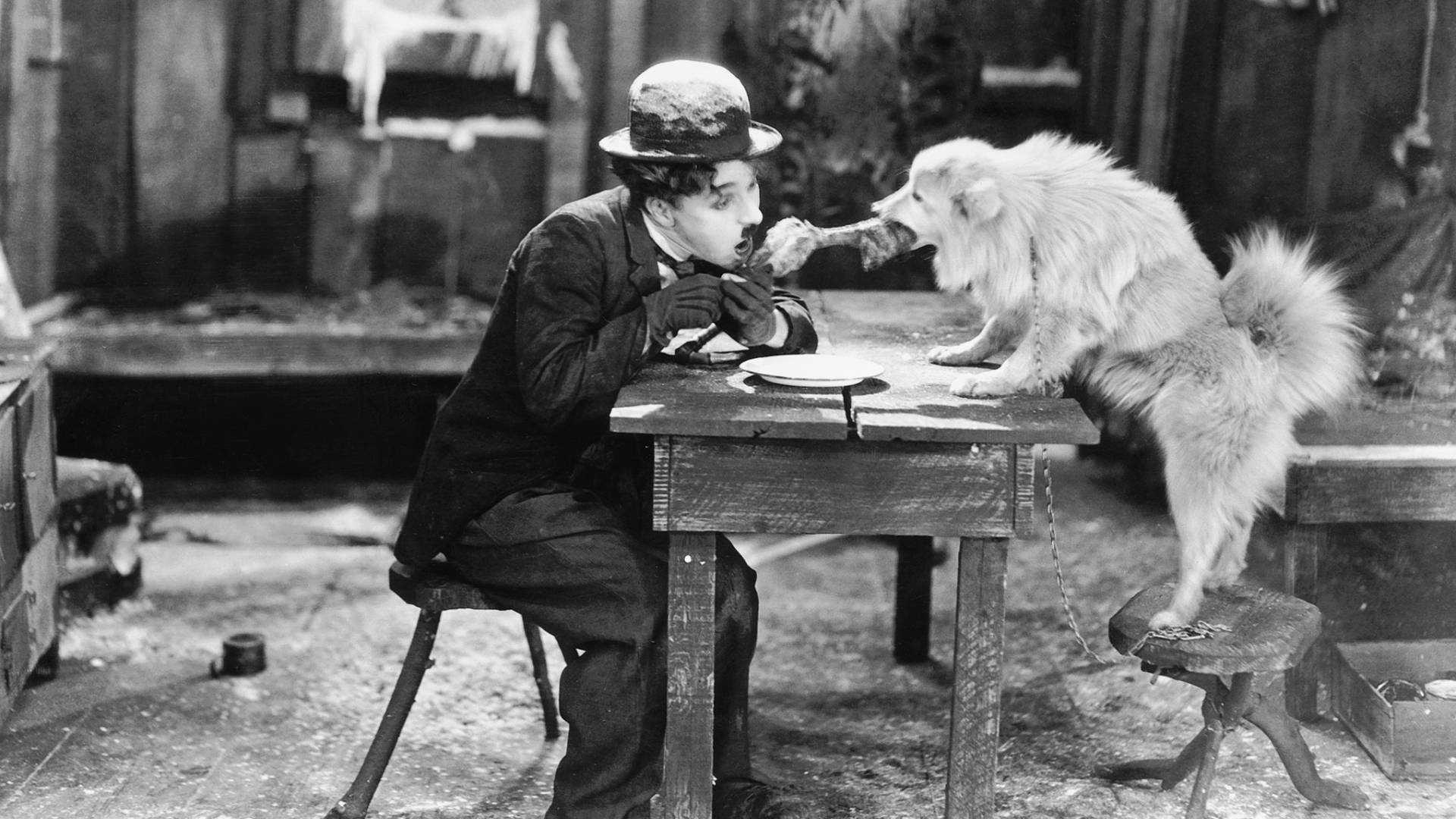
16. The Gold Rush (1925)
Charlie Chaplin’s The Gold Rush remains one of his greatest triumphs. The Tramp ventures into the frozen wilderness seeking fortune, love, and dignity, and finds comedy gold instead. Between its famous “bread roll dance” and moments of poignant loneliness, Chaplin blends slapstick with genuine pathos. Ambitious in scope and heart, the film is a shining example of silent cinema’s universal storytelling power.
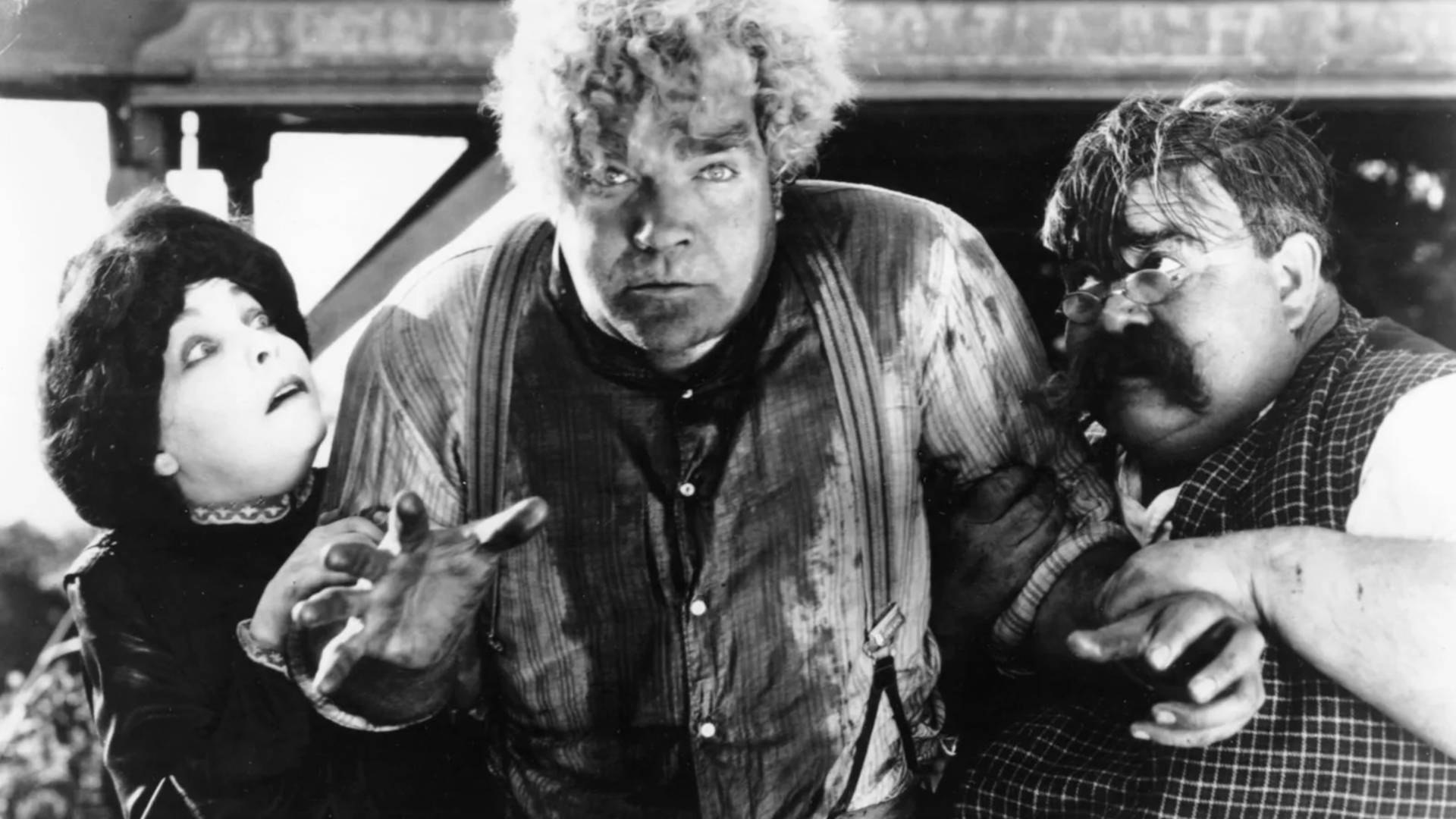
15. Greed (1924)
Erich von Stroheim’s Greed was once an eight-hour epic and tragically, most of it is lost. What remains is still astonishing: a raw, unforgiving study of obsession and moral decay. Filmed on real locations like Death Valley, it pushed realism to extremes. Innovative deep focus and montage techniques make the silent film feel decades ahead of its time. Yes, Greed remains one of cinema’s great lost masterpieces.

14. Sherlock Jr. (1924)
Buster Keaton’s Sherlock Jr. did meta before “meta” even existed. Playing a projectionist who dreams himself into a detective movie, Keaton blurs the line between film and fantasy with jaw-dropping precision. Its groundbreaking editing tricks and daring stunts—all performed by Keaton himself—create pure visual joy. Short, clever, and endlessly inventive, it’s essentially silent comedy distilled to perfection.
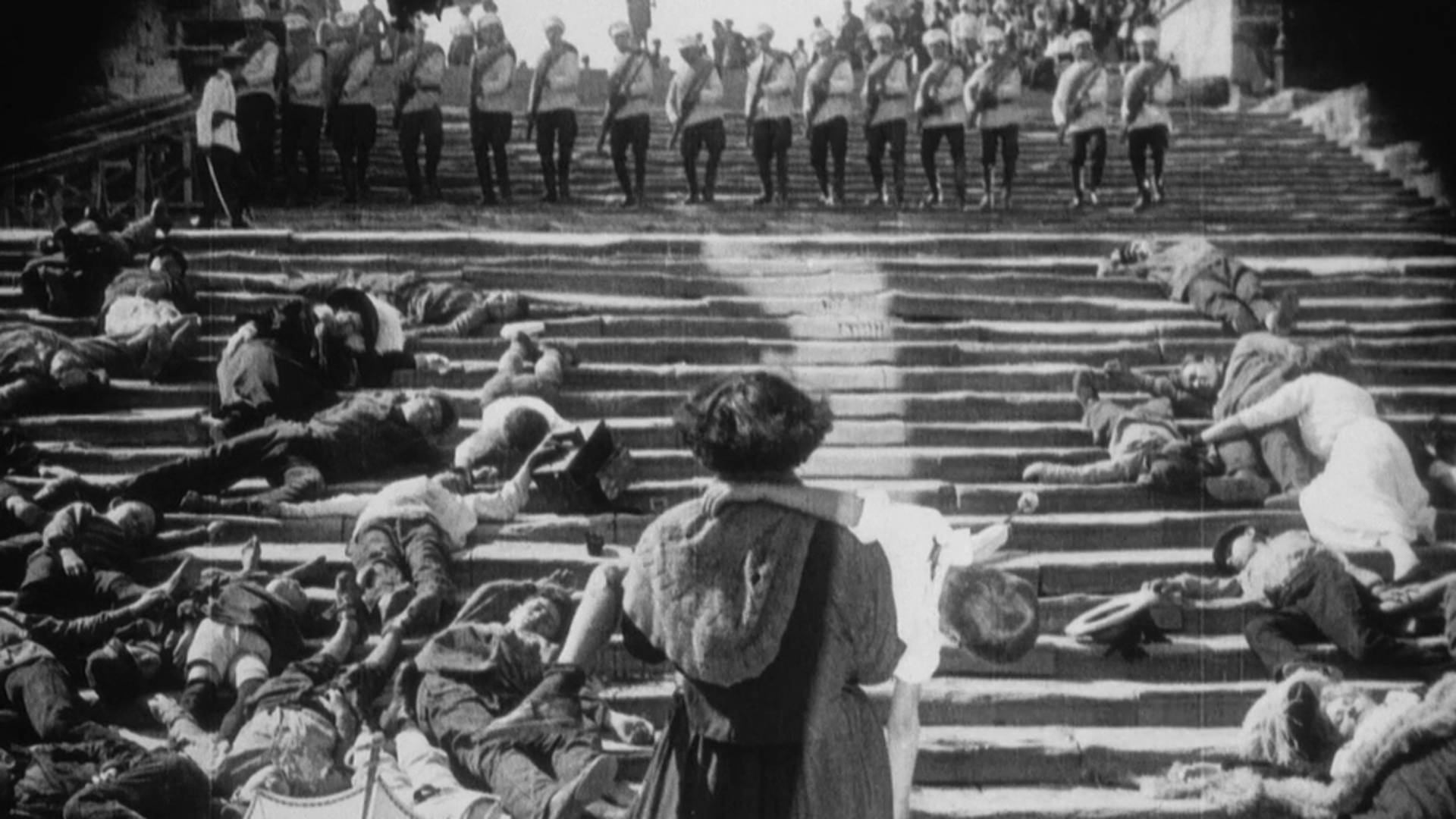
13. Battleship Potemkin (1925)
Sergei Eisenstein’s Battleship Potemkin is the film-school holy text of editing. Recounting a 1905 mutiny, it’s a political rallying cry told through revolutionary montage. The Odessa Steps sequence with soldiers marching down, civilians fleeing became one of cinema’s most studied scenes. Every cut amplifies tension and emotion, proving that film rhythm itself could inspire revolt. Remember, it’s pure cinematic power.
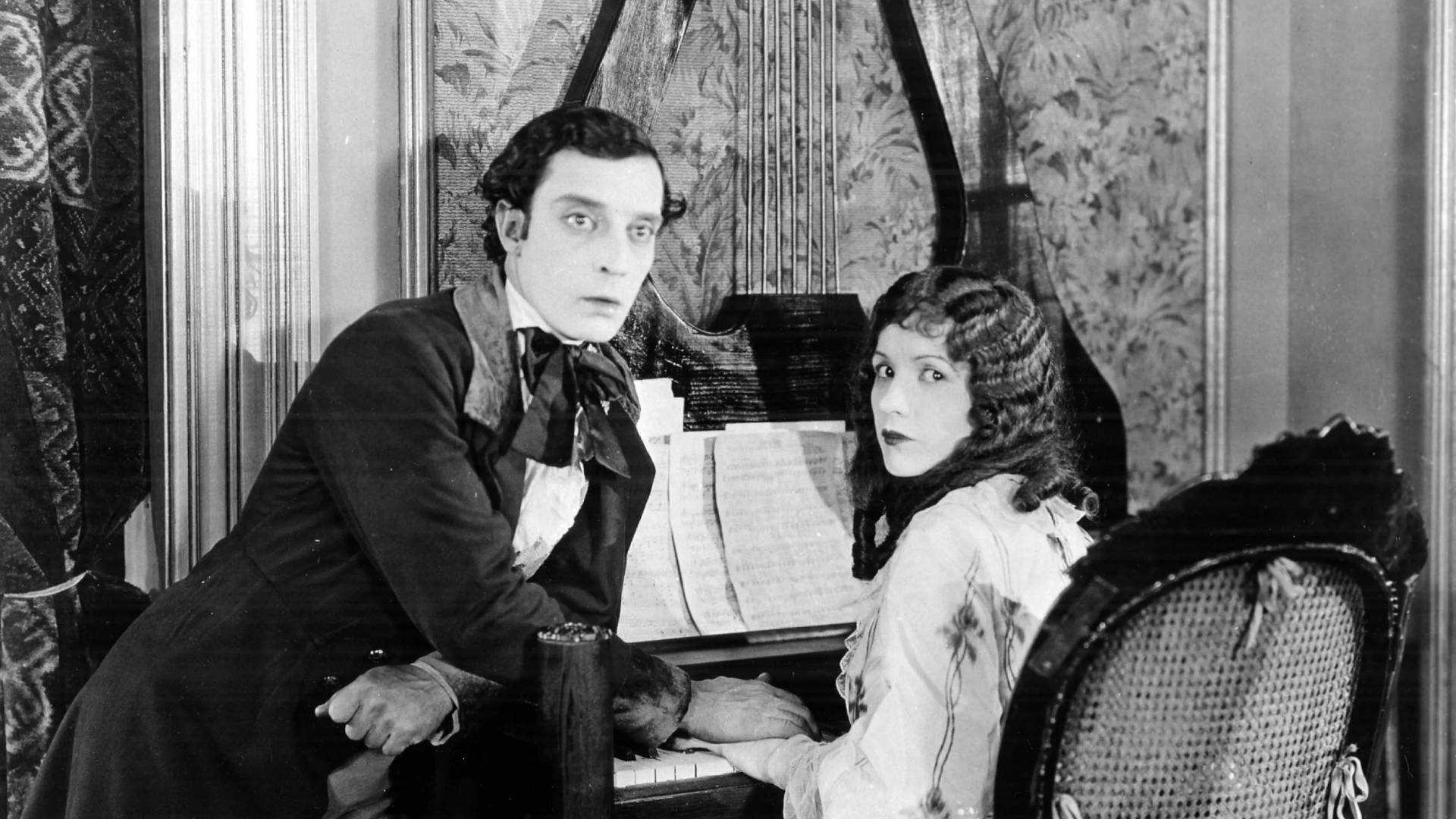
12. Our Hospitality (1923)
Buster Keaton’s Our Hospitality turns Southern manners into comic mayhem, and we laugh all along. When his character unknowingly visits a rival family, the code of hospitality forbids them from killing him, at least indoors. What follows is a brilliant mix of suspense, slapstick, and ingenuity. Featuring real stunts and even Keaton’s wife and baby, it’s a delightful early masterpiece blending warmth, wit, and physical comedy.
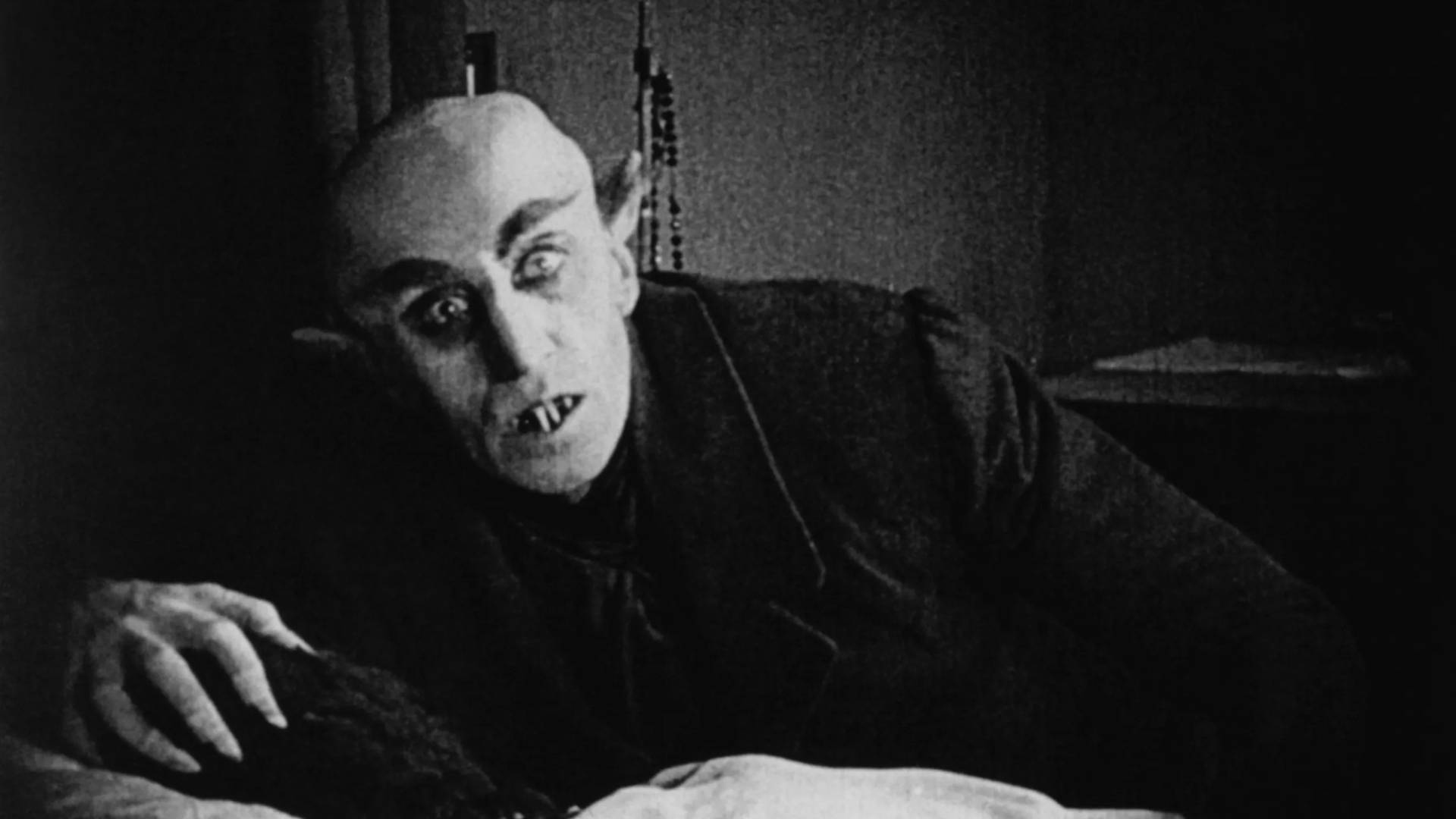
11. Nosferatu: A Symphony of Horror (1922)
F.W. Murnau’s Nosferatu is the vampire film that defined the genre. Max Schreck’s ghastly Count Orlok—all shadows, claws, and menace—remains terrifying even a century later. Despite being an unauthorized Dracula adaptation of Bram Stoker’s novel which got nearly destroyed by lawsuits, surviving prints kept it undead. Its eerie visuals and gothic atmosphere set the template for horror, turning silent film into nightmare art.
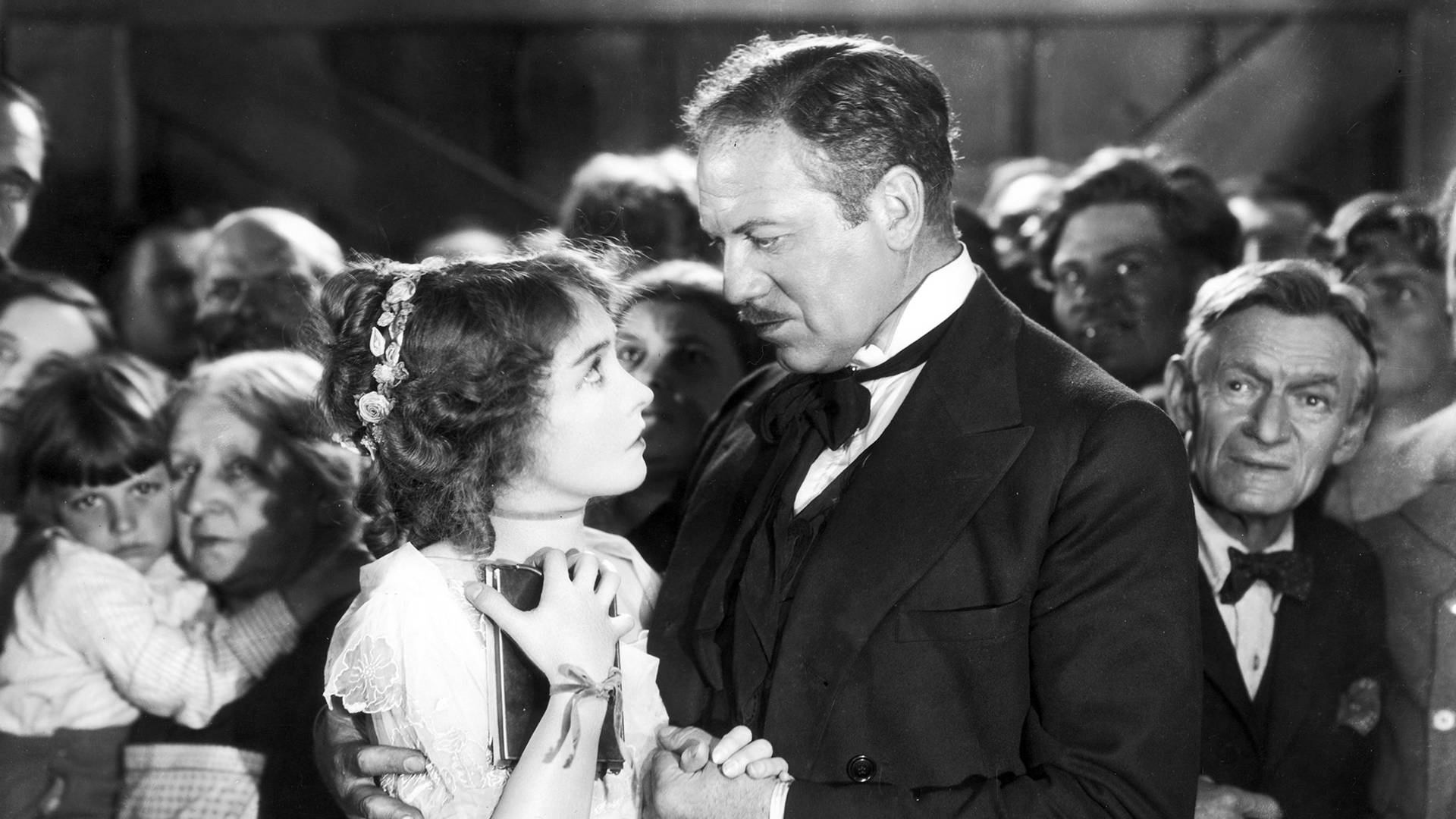
10. The Wind (1928)
The Wind stars "First Lady of the Screen" Lillian Gish as a woman tormented by family conflicts, unwanted suitors, and an unforgiving Texas wind. Shot in 1927 but released after The Jazz Singer, it arrived too late to shine in the silent era. Despite its box office struggles, the film remains a haunting farewell to silent cinema and one of Gish’s most emotionally devastating performances.

9. The Crowd (1928)
King Vidor’s The Crowd captures the disillusionment of ordinary city life through the story of a man swallowed by routine. With non-famous leads James Murray and Eleanor Boardman, it breaks away from Hollywood glamor, offering realism and visual innovation instead. The film’s striking camerawork—especially the tracking shot through a vast office—cements it as a daring, introspective portrayal of modern anonymity.
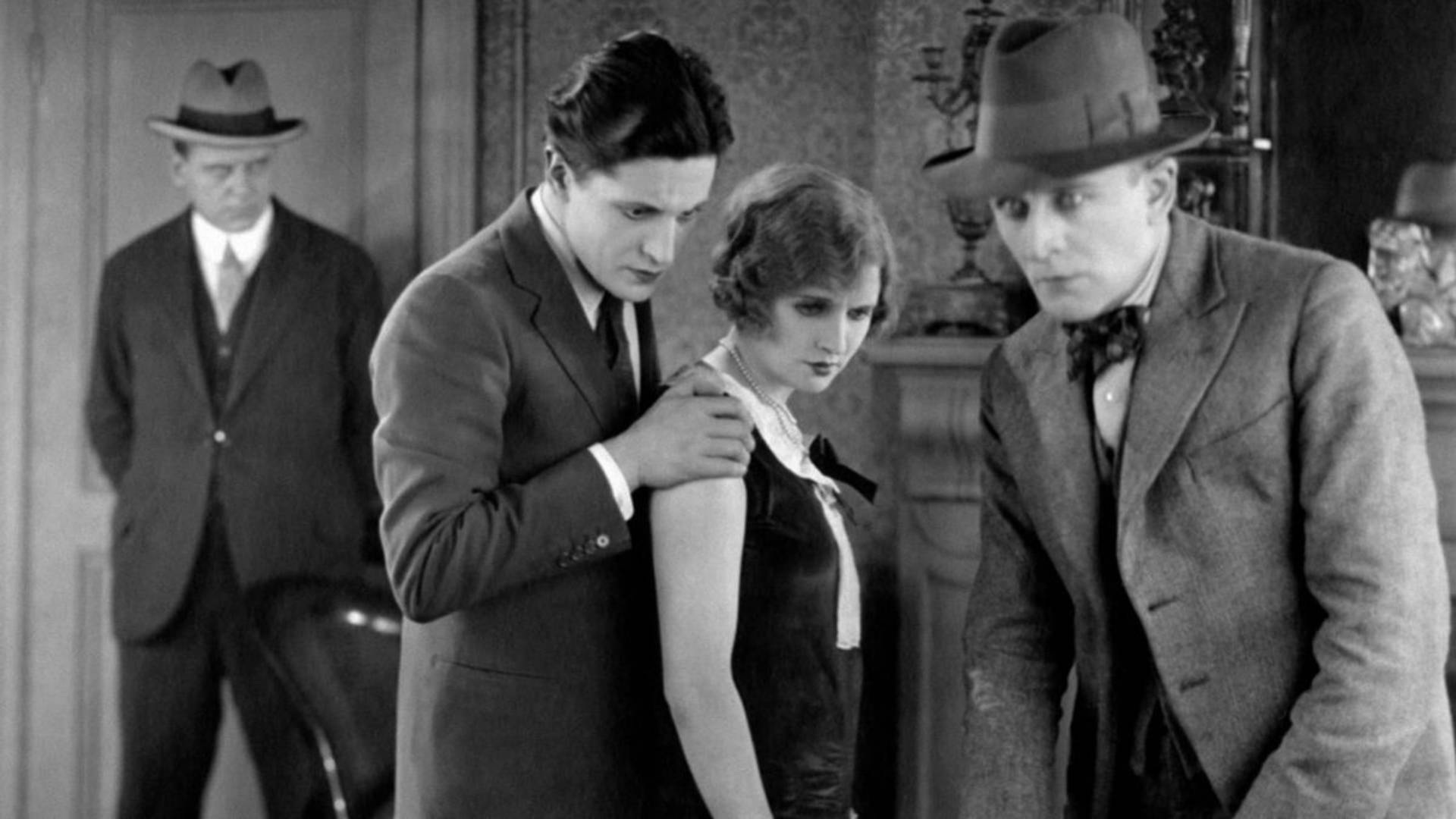
8. The Lodger: A Story of the London Fog (1927)
Alfred Hitchcock’s The Lodger marked his first thriller and introduced many of his trademarks—suspense, mistaken identity, and even his signature cameo. Starring June Tripp and Malcolm Keen, it follows a mysterious tenant who may be a serial killer. The fog-drenched London streets, moody lighting, and moral ambiguity make this film an early sign of Hitchcock’s cinematic genius. It’s a must-watch for Hitchcockian fans.
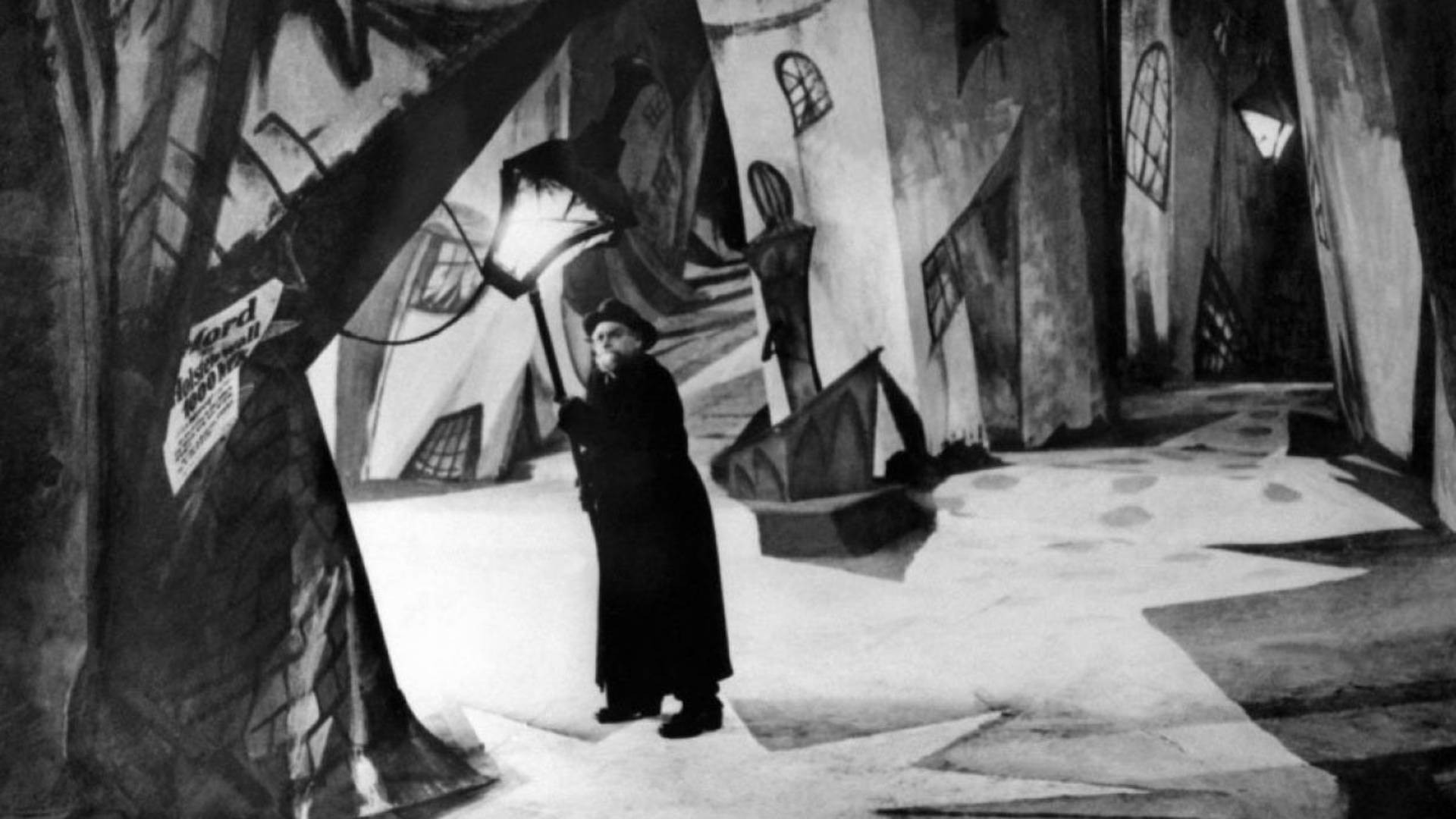
7. The Cabinet of Dr. Caligari (1920)
The Cabinet of Dr. Caligari stands as the pinnacle of German Expressionism. Its painted, distorted sets and surreal atmosphere turn madness into visual art that will capture your attention. The story of a hypnotist using a sleepwalker to commit murders remains chilling over a century later. Both horror and avant-garde landmark, it shaped psychological storytelling and inspired generations of filmmakers.
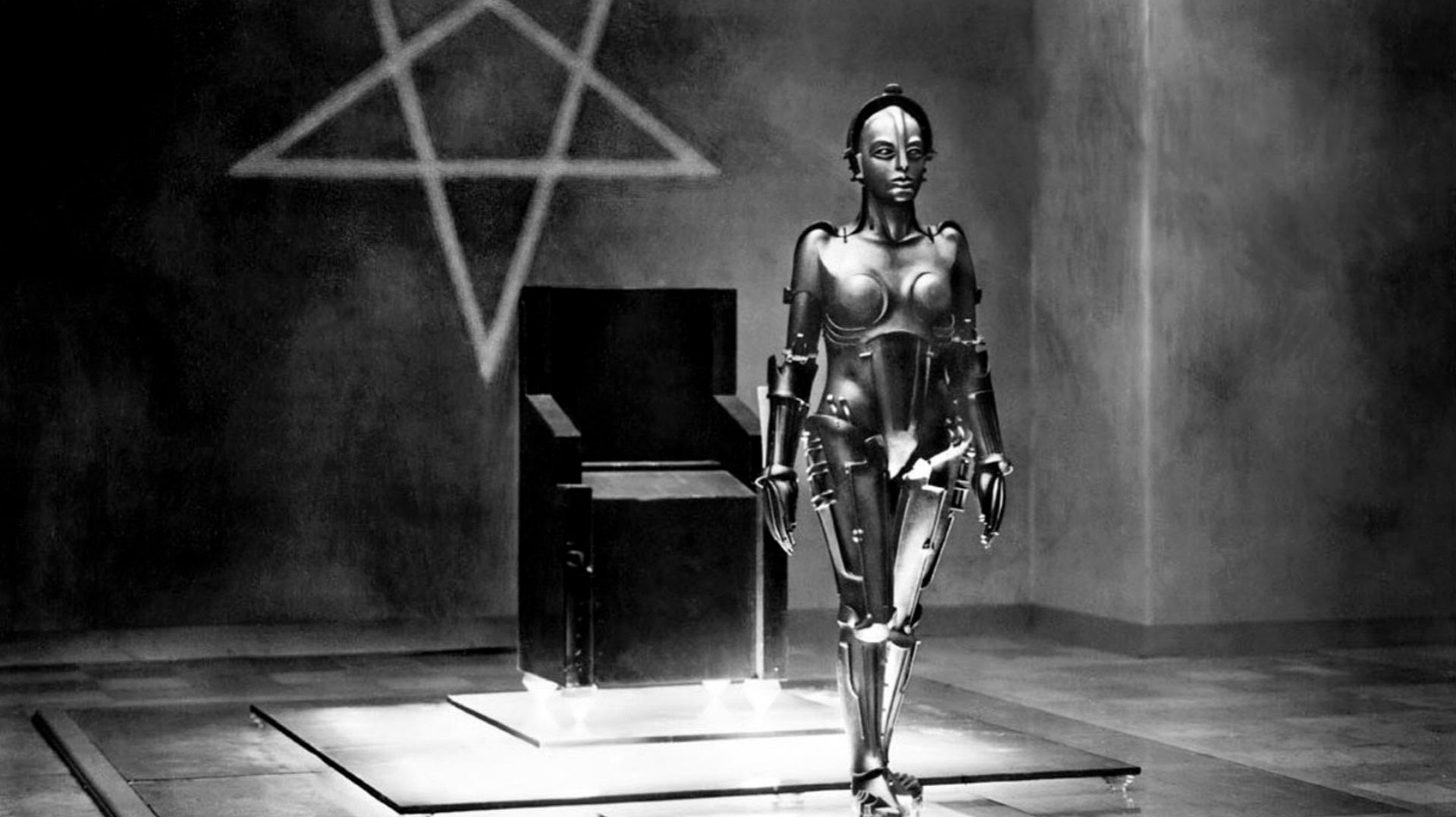
6. Metropolis (1927)
Fritz Lang’s Metropolis is the ultimate sci-fi spectacle of the silent era. Set in a futuristic city divided by class, it blends social commentary with revolutionary special effects. Long considered incomplete, restored versions reveal its true brilliance, especially Fritz Rasp’s sinister performance. With robot revolts, catacombs, and skyscrapers, Metropolis remains a legendary masterwork that defined cinematic world-building.
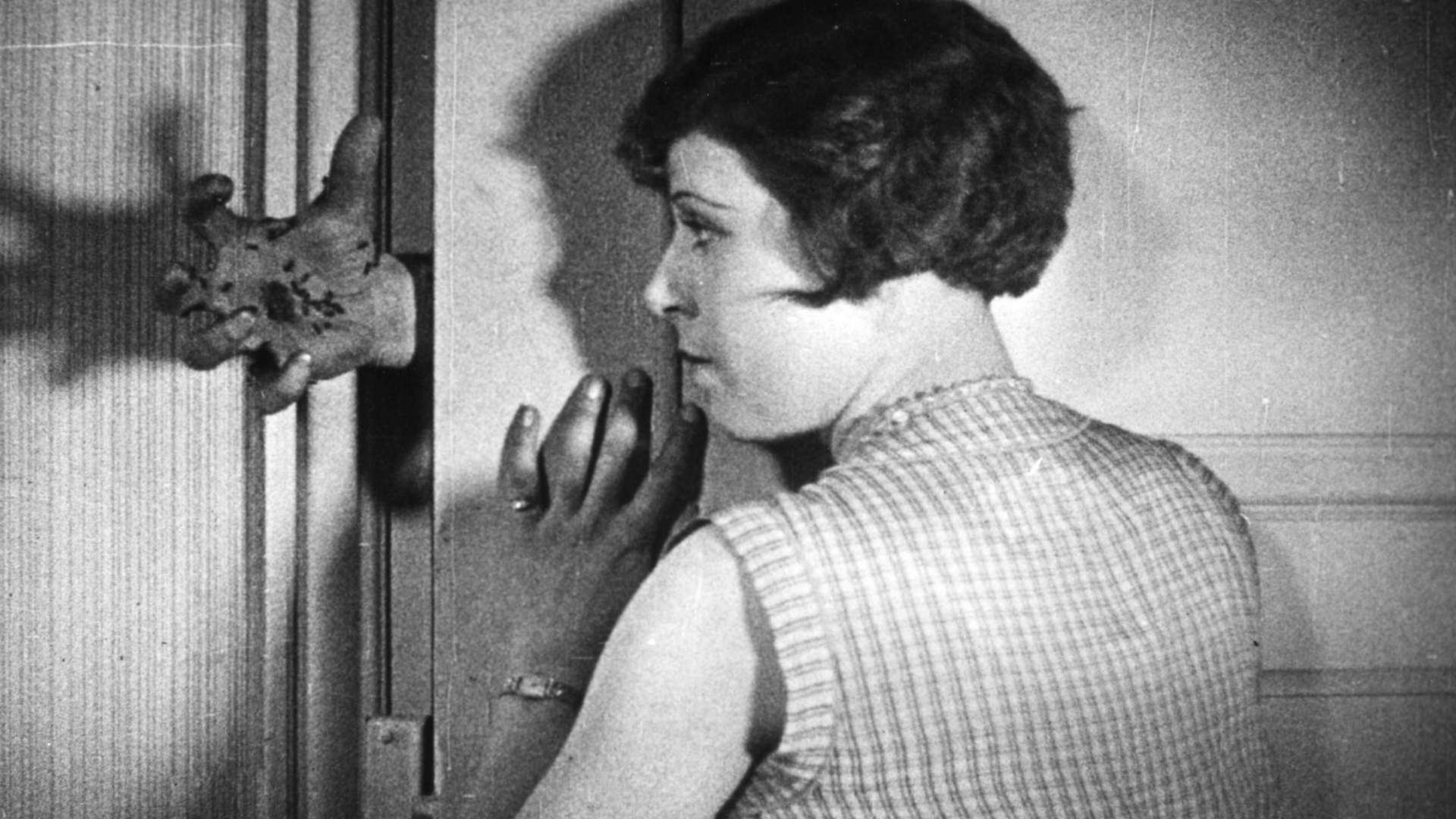
5. Un Chien Andalou (1929)
Luis Buñuel and Salvador Dalí’s Un Chien Andalou is pure surrealism unleashed on screen. From its infamous eye-slicing scene to dreamlike sequences of lust, religion, and decay, it’s a silent film that defies reason. Beneath its absurdity lies sharp wit and critique of human repression. It’s disturbing, hilarious, and unforgettable—a definite fever dream that redefined the boundaries of cinema.

4. City Lights (1931)
Charlie Chaplin’s City Lights proves silence can speak louder than words. Despite the rise of talkies, Chaplin refused dialogue, crafting an emotional masterpiece about a tramp’s devotion to a blind flower girl. The film’s mix of humor and heartbreak culminates in one of cinema’s most powerful endings. City Lights was, is and will be Chaplin’s crowning achievement and a timeless love story.

3. The Passion of Joan of Arc (1928)
Carl Theodor Dreyer’s The Passion of Joan of Arc is an emotional inferno powered by Maria Falconetti’s mesmerizing performance. Through stark close-ups and minimalist sets, Dreyer captures Joan’s torment and transcendence. The film’s radical visual style and spiritual intensity make it a deeply human experience—one that feels raw, immediate, and utterly timeless.
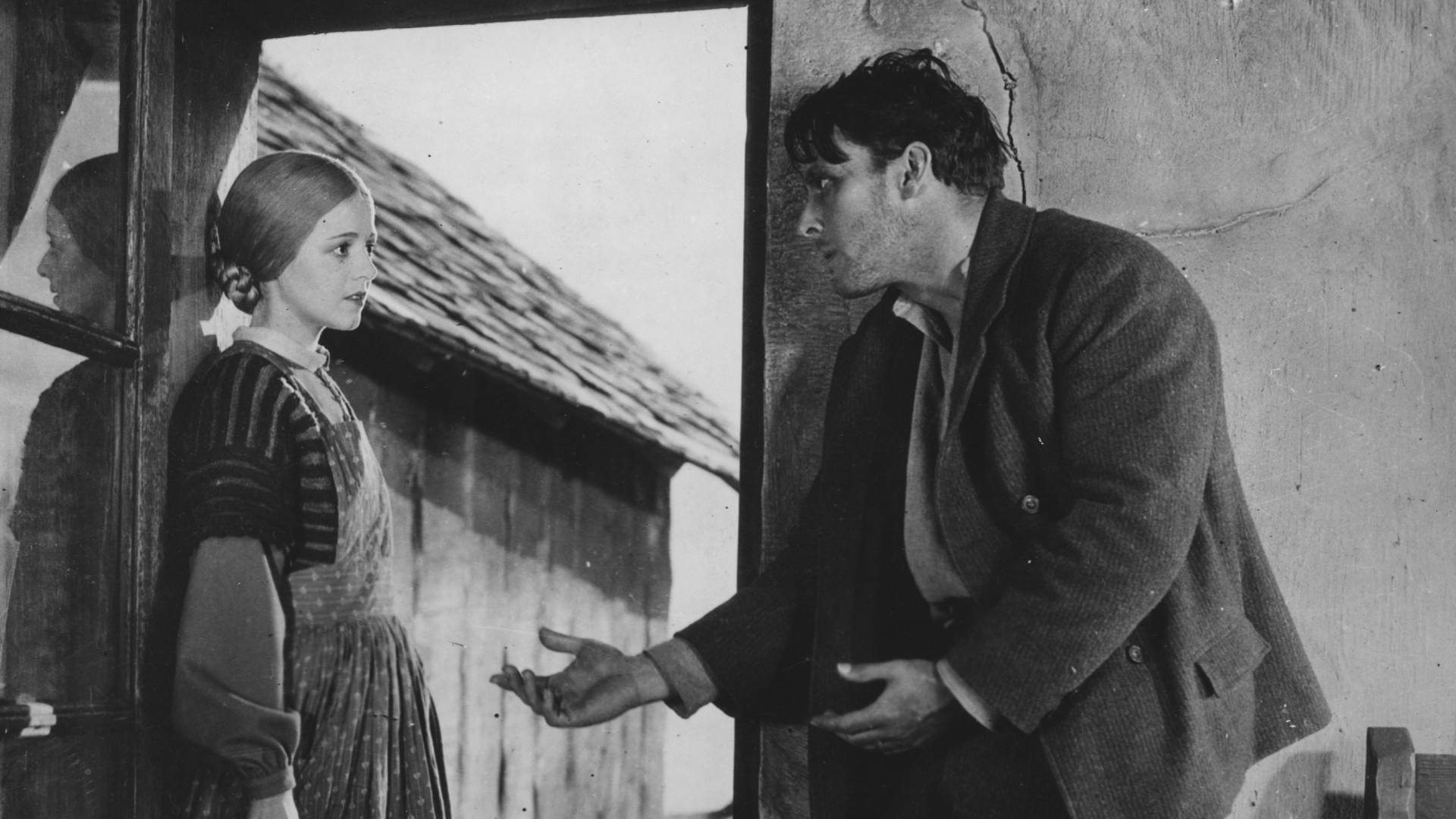
2. Sunrise: A Song of Two Humans (1927)
F.W. Murnau’s Sunrise: A Song of Two Humans is silent cinema at its most poetic. Mixing German Expressionism with Hollywood storytelling, it follows a husband’s redemption after betrayal. Every shot is alive—camera glides through fields, bustling cities, and stormy lakes. George O’Brien and Janet Gaynor’s heartfelt performances elevate the story into a lyrical meditation on love, guilt, and forgiveness. You will not be able to look away from this.
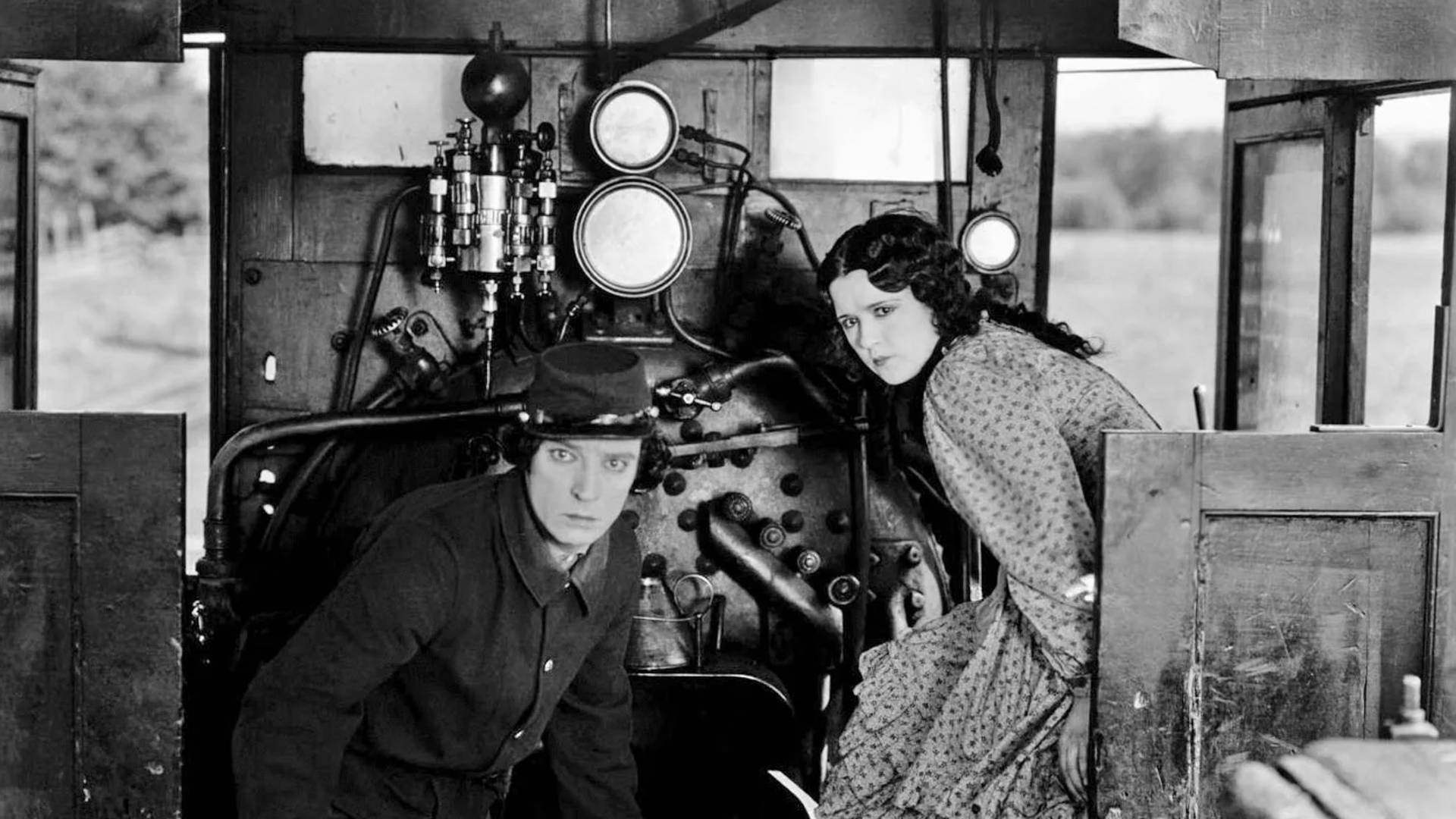
1. The General (1927)
Buster Keaton’s The General is a comedic symphony of movement and precision. Set during the Civil War, it follows a devoted engineer chasing his stolen locomotive, and his love. Each stunt is flawlessly choreographed, each gag masterfully timed. With its grand scale and relentless inventiveness, The General stands not only as Keaton’s finest work but as the silent era’s ultimate cinematic triumph.
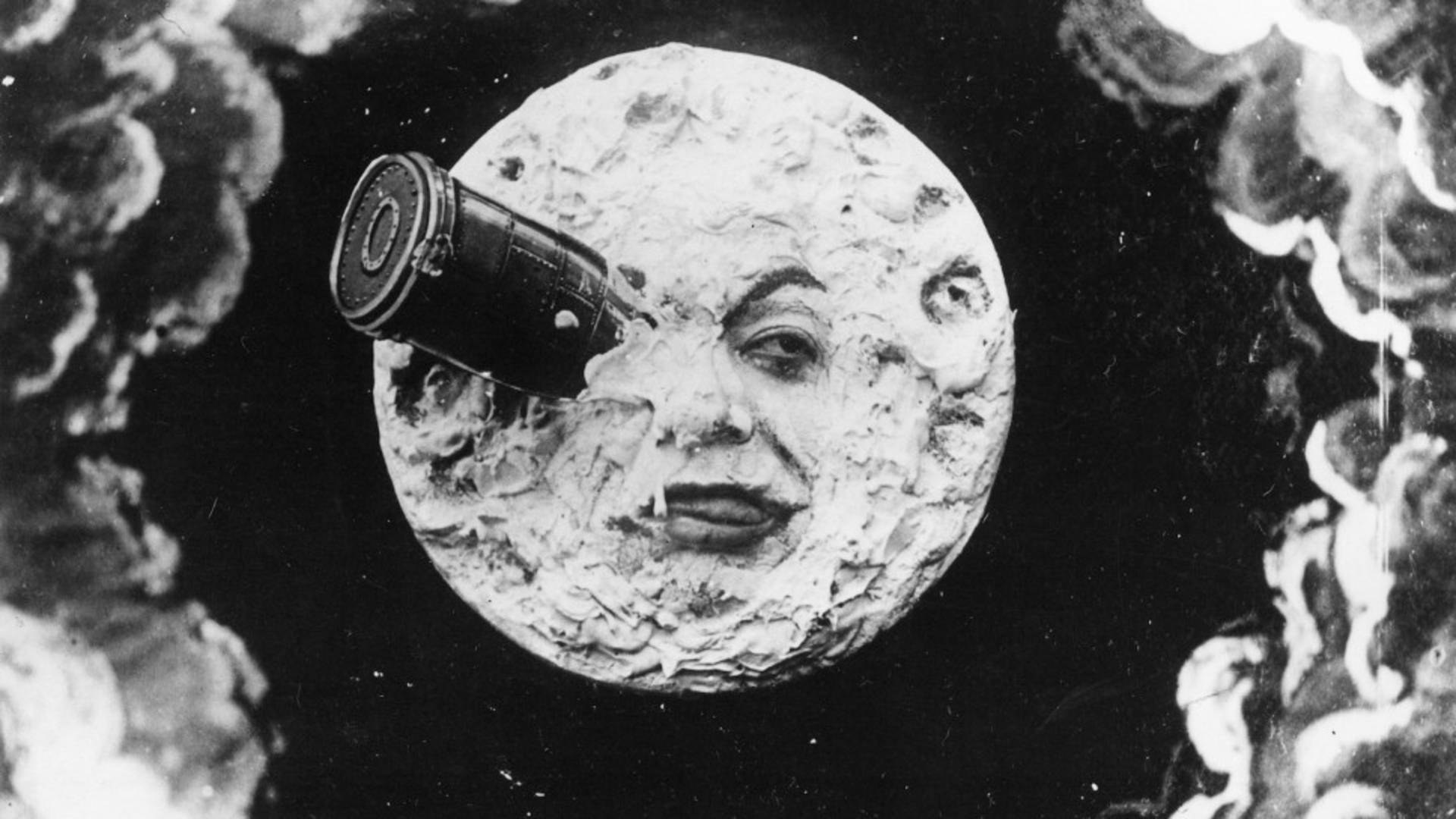
Bonus: A Trip to the Moon (1902)
Georges Méliès’ A Trip to the Moon might be a short film of just 13 minutes, but it is the irrefutable blueprint of science fiction cinema. This whimsical adventure sees a group of astronomers journey to the moon more than six decades before mankind reached it for real. The entourage encountered aliens and surreal landscapes as the inventive trick photography and theatrical flair made movie magic feel limitless. Though over a century old, its imagery, especially the rocket-in-the-moon’s-eye shot, remains one of cinema’s most enduring icons.

